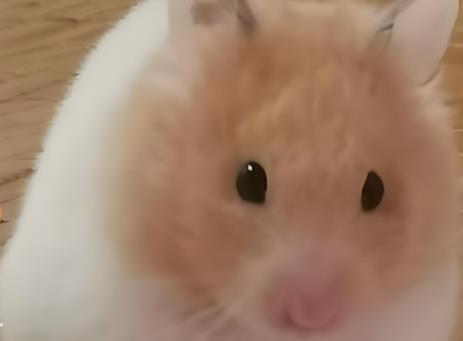Analysis of Hamsters' Cognitive Ability to Recognize Their Owners
Hamsters can indeed recognize their owners, but their cognitive methods are significantly different from those of pets like cats and dogs. This recognition is mainly achieved through the following mechanisms:

Core Cognitive Mechanisms
Olfactory Recognition:
Hamsters can remember their owners' unique scents, especially the smell of their hands.
The success rate of recognition is positively correlated with the frequency of contact, requiring at least 3 interactions per week.
Conditioned Reflex Formation:
They respond to fixed feeding times and the tone of calls.
A typical behavior: They will take the initiative to approach the edge of the cage when hearing specific sounds.
Behaviors Showing Recognition of Their Owner
Primary Trust: Licking fingers and not dodging contact.
Advanced Trust: Taking the initiative to climb onto the palm and exposing their abdomen.
Time to Recognize Their Owner:
Docile breeds (Pudding/Silver Fox): 1-2 weeks.
Sensitive breeds (Purple Warehouse/Roborovski Hamster): 2-6 weeks.
Roborovski Hamsters may not be able to fully recognize their owners.
The domestication success rate of young hamsters (4-8 weeks) is 5% higher than that of adult hamsters.
Cognitive Limitations
Memory Cycle: Only 1-2 weeks, requiring regular reinforcement.
Visual Defects: Unable to recognize through appearance.
Social Characteristics: As solitary animals, they have low interaction needs.
